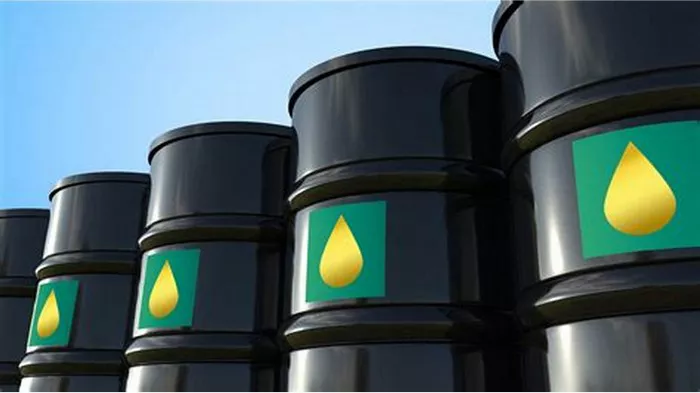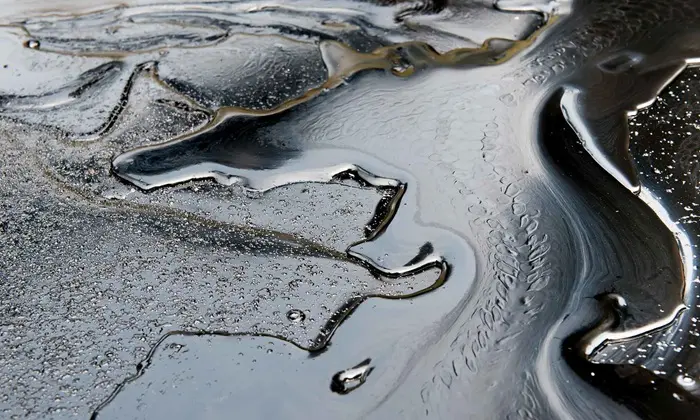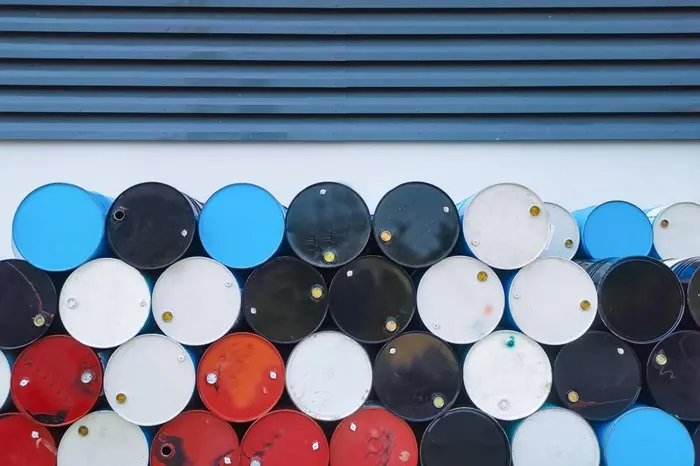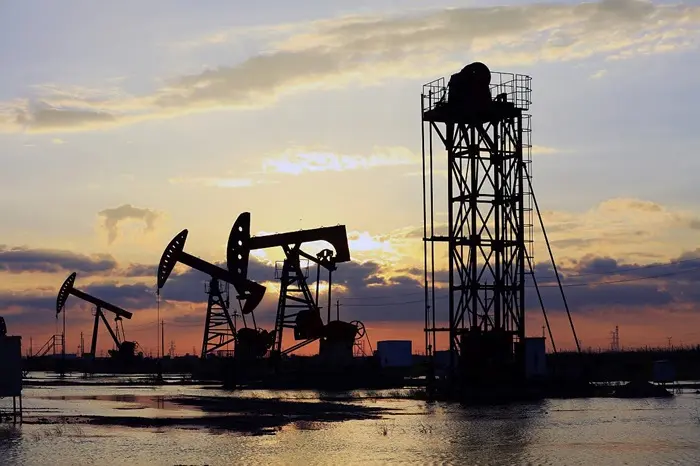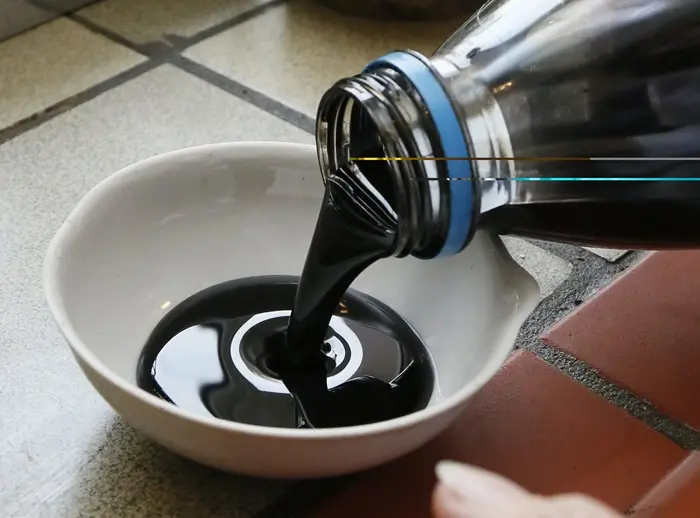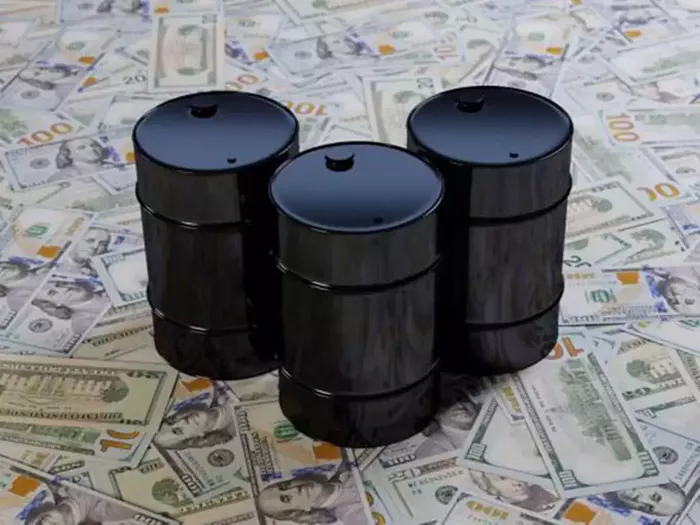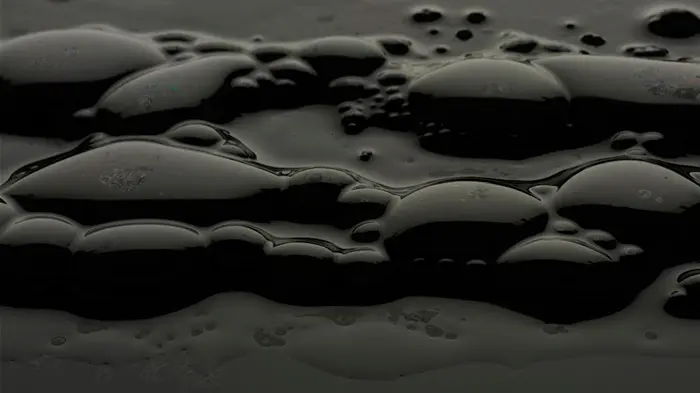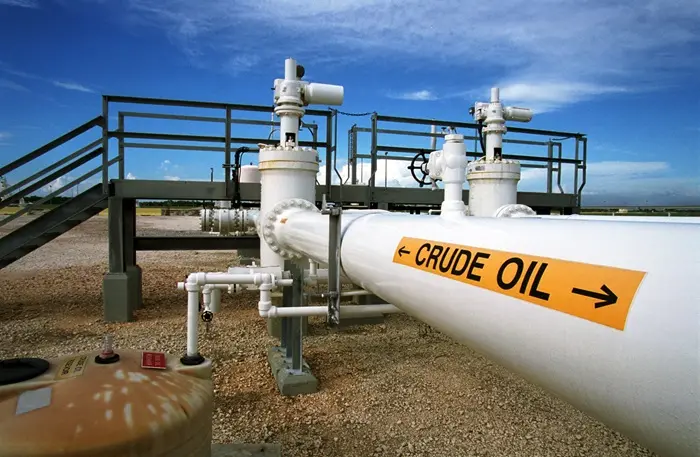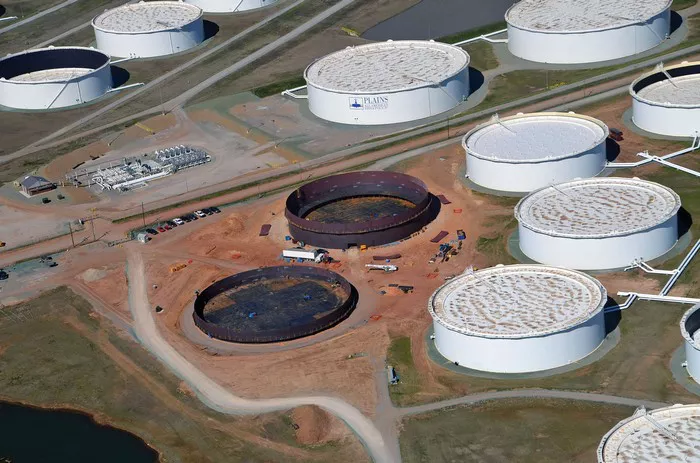Crude oil, a vital resource in the global economy, undergoes several complex processes to transform into usable products such as gasoline, diesel, and other petrochemicals. One of the key methods of refining crude oil is through the application of heat energy. This article will explain the intricacies of converting crude oil using heat energy, providing a comprehensive understanding of each step involved. By exploring these eight points, readers will gain insights into the science and technology behind crude oil refining.
1. Understanding Crude Oil Composition
What is Crude Oil?
Crude oil is a naturally occurring, unrefined petroleum product composed of hydrocarbon deposits and other organic materials. Its composition varies, but it generally contains carbon, hydrogen, sulfur, nitrogen, oxygen, and metals.
Hydrocarbons and Their Importance
Hydrocarbons, the primary components of crude oil, are molecules made of hydrogen and carbon atoms. They vary in size and structure, forming different types of hydrocarbons like alkanes, cycloalkanes, and aromatic hydrocarbons. These variations affect the properties and uses of the refined products.
2. The Role of Heat Energy in Refining
Why Heat Energy?
Heat energy is crucial in the refining process because it facilitates the separation of different hydrocarbon components in crude oil. The application of heat causes these components to vaporize at different temperatures, allowing them to be collected separately.
Basic Principles of Heat Energy
Heat energy is transferred through conduction, convection, and radiation. In crude oil refining, heat transfer is essential to achieve the desired separation of hydrocarbons. The process relies on precise temperature control to optimize efficiency and product quality.
See Also: 9 Major Benefits of Crude Oil
3. Distillation: The Primary Refining Process
Atmospheric Distillation
Atmospheric distillation is the first step in refining crude oil. It involves heating the crude oil in a distillation column, where it is separated into different fractions based on their boiling points. Lighter fractions like gasoline and naphtha rise to the top, while heavier fractions like diesel and residue settle at the bottom.
Vacuum Distillation
To further refine the heavier fractions obtained from atmospheric distillation, vacuum distillation is used. This process operates at lower pressures, allowing the separation of heavier hydrocarbons without decomposing them. The result is more valuable products like lubricating oils and asphalt.
4. Cracking: Breaking Down Heavy Molecules
Thermal Cracking
Thermal cracking involves breaking down large, heavy hydrocarbon molecules into smaller, lighter ones by applying high temperatures. This process increases the yield of valuable products like gasoline and diesel.
Catalytic Cracking
Catalytic cracking enhances thermal cracking by using a catalyst to lower the temperature and pressure required for the reaction. This method produces higher yields of high-octane gasoline and valuable petrochemical feedstocks.
5. Reforming: Improving Product Quality
Catalytic Reforming
Catalytic reforming converts low-octane naphtha into high-octane gasoline components. This process involves heating the naphtha in the presence of a catalyst, which rearranges the hydrocarbon molecules to enhance their combustion properties.
Benefits of Reforming
Reforming improves the quality and performance of gasoline, making it suitable for modern engines. It also produces hydrogen, which is used in other refining processes and in the production of ammonia for fertilizers.
6. Hydroprocessing: Removing Impurities
Hydrocracking
Hydrocracking combines hydrogen and a catalyst to break down heavy hydrocarbons into lighter, more valuable products. This process also removes impurities like sulfur and nitrogen, producing cleaner fuels.
Hydrotreating
Hydrotreating is a process used to remove contaminants such as sulfur, nitrogen, and metals from crude oil fractions. It involves treating the fractions with hydrogen in the presence of a catalyst, resulting in cleaner, more environmentally friendly fuels.
7. Coking: Handling Residuals
Delayed Coking
Delayed coking is a thermal process that converts heavy residuals from the distillation process into lighter products and petroleum coke. The heavy feedstock is heated in a furnace and then sent to a coke drum, where it undergoes thermal cracking.
Fluid Coking
Fluid coking improves on delayed coking by continuously processing the heavy feedstock in a fluidized bed reactor. This method produces more valuable liquid products and reduces the production of petroleum coke.
8. Fractionation: Fine-Tuning the Products
Fractional Distillation
Fractional distillation is a crucial step in refining, used to separate the various hydrocarbon fractions obtained from previous processes. By controlling the temperature and pressure, refineries can fine-tune the separation of different products.
Role in Product Customization
Fractionation allows refineries to produce specific products tailored to market demands. By adjusting the process parameters, refineries can optimize the yield and quality of products like gasoline, jet fuel, and diesel.
Conclusion
The conversion of crude oil using heat energy is a sophisticated and multi-step process that transforms a raw, complex mixture into valuable and usable products. Each step, from distillation and cracking to reforming and fractionation, plays a critical role in refining crude oil efficiently and effectively. Understanding these processes helps appreciate the complexity and technology involved in producing the fuels and chemicals that power our world. Through precise control of heat energy, refineries can maximize the yield of valuable products, minimize waste, and meet the ever-growing energy demands of modern society.
Related topics:

